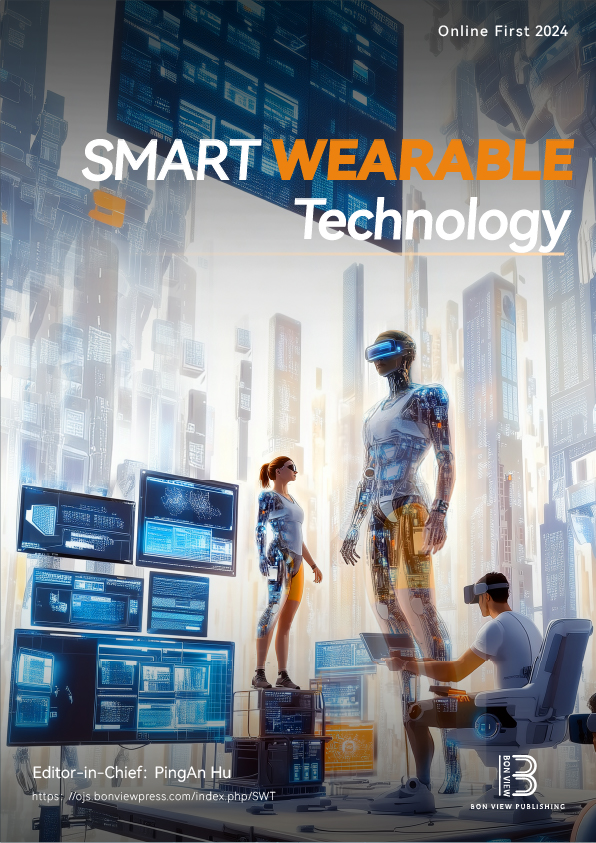Study on Diabetes Detection Based on DBO-RF Pulse Wave Analysis
DOI:
https://doi.org/10.47852/bonviewSWT52025979Keywords:
signal denoising, diabetes detection, pulse wave analysis, DBO algorithm, RFAbstract
As society progresses, diabetes has emerged as one of the major global health concerns. Traditional diagnostic methods for diabetes rely heavily on blood tests, which are often invasive, costly, and require specialized equipment. Consequently, this study adopts a non-invasive pulse wave analysis technique, utilizing key feature extraction from pulse wave signals combined with machine learning techniques to predict the presence of diabetes risk. Data for this study were sourced from the Guilin People’s Hospital, with a collection of 657 pulse wave samples from 219 participants. Through signal preprocessing and feature extraction, a classification model centered on Dung Beetle Optimization (DBO) and Random Forest (RF) was developed to detect diabetes. The preprocessing included the use of Complete Ensemble Empirical Mode Decomposition with Adaptive Noise combined with Permutation Entropy and wavelet thresholding methods to enhance signal quality. Subsequently, 29 key features, including time domain, entropy domain, and statistical features, were extracted from the processed signals to create a comprehensive feature set. Here optimize the model’s classification performance and address issues of missing values in feature vectors and sample imbalance, further evaluate various machine learning algorithms and select the most effective one. Ultimately, the DBO algorithm was applied to optimize the number of decision trees and the selection of feature numbers in the RF classifier. Experimental results demonstrated that our method achieved a 100% accuracy rate on the training set and 92.9% on the test set, significantly outperforming traditional machine learning approaches. These findings confirm the potential of non-invasive pulse wave analysis in the early detection of diabetes, offering possibilities for future clinical applications.
Received: 21 April 2025 | Revised: 20 June 2025 | Accepted: 23 June 2025
Conflicts of Interest
The authors declare that they have no conflicts of interest to this work.
Data Availability Statement
Data sharing is not applicable to this article as no new data were created.
Author Contribution Statement
Quanyu Wu: Conceptualization, Methodology, Validation, Formal analysis, Resources, Writing – review & editing, Visualization. Shilong Gong: Software, Validation, Investigation, Data curation, Writing – original draft, Writing – review & editing. Mingying Hu: Software, Investigation, Writing – original draft, Writing – review & editing. Lingjiao Pan: Writing – review & editing. Xiaojie Liu: Supervision. Weige Tao: Project administration.
Downloads
Published
Issue
Section
License
Copyright (c) 2025 Authors

This work is licensed under a Creative Commons Attribution 4.0 International License.


